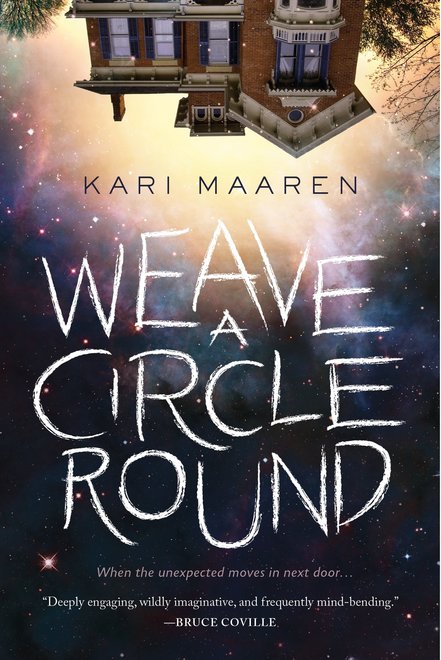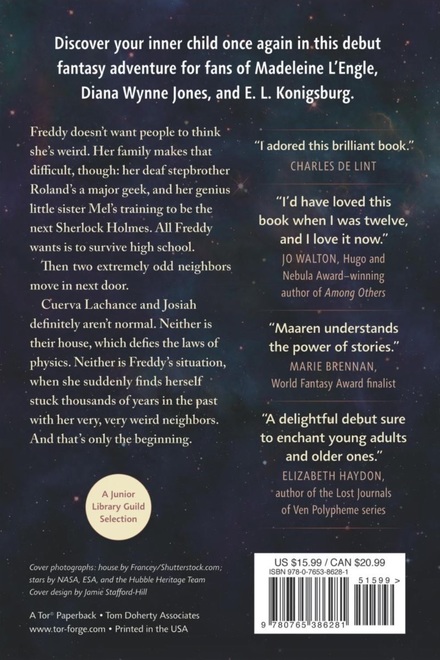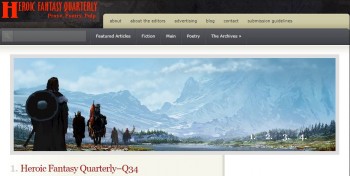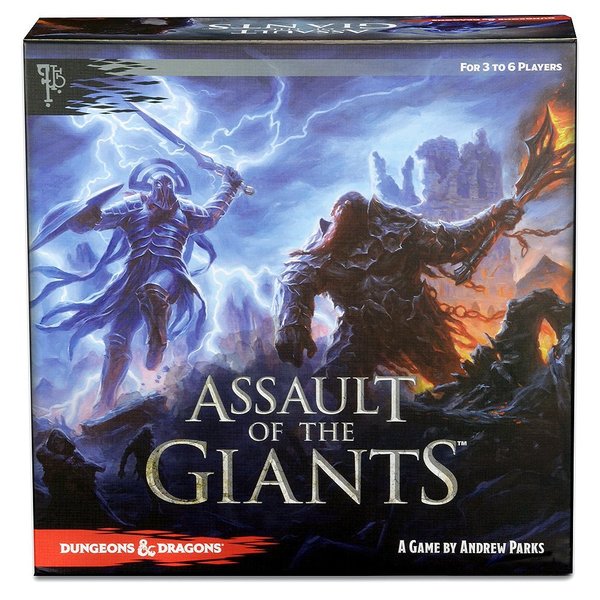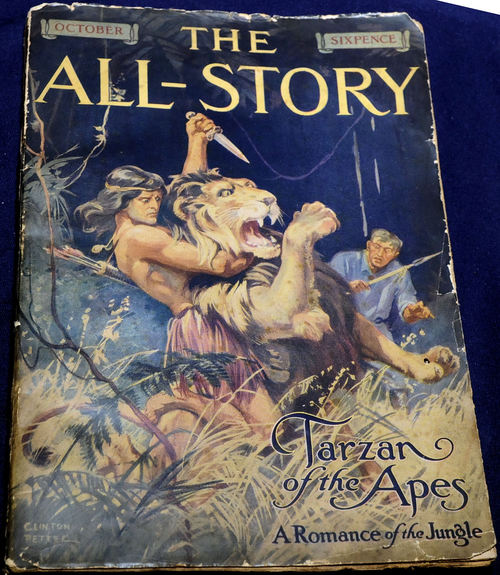
Those who know me well are aware that I’m not a morning person (to put it mildly). Accordingly, they’d be shocked to learn that not only did I get up on Saturday, November 25th morning at 5:00 a.m., I did so voluntarily and eagerly! As collectors will attest, however, no price – even missing hours of delightful sleep! – is too great to pay in the pursuit of one of your collecting grails. Of course, it’s much more gratifying when the pursuit pays off. Unfortunately for me, it did not. Even so, I’m glad I got up to give it a shot.
About a week ago, I learned that an auction house in England would be auctioning off a copy of the October 1912 issue of The All-Story, which features Edgar Rice Burroughs’ complete novel, Tarzan of the Apes. All other things being equal in terms of condition, that issue is the most valuable of all the pulp magazines (the nicest copy I’m aware of having sold at auction, in fine condition, sold over a decade ago for nearly $60,000). This auction house clearly had no idea of its value, as their pre-sale estimate was between 20 and 40 pounds! A decent copy of this pulp has been my number one pulp grail for decades, and I hoped that this one would slip through the collecting cracks on its way to me. The auction house only had one photo of it online, and I couldn’t obtain any other photos of it, so condition was a bit of a guess, which complicated bidding. The front cover had some overall wear, but generally looked decent, but I had no clue on the condition of the spine, back cover or paper. See the photo above.
What made this particularly interesting was that it was the British edition of The All-Story, rather than the American edition. For a period of time in the teens (and I think going back a little earlier than that), The All-Story was also published in Britain, with the same cover date as the American edition. The covers noted that the price was Six Pence, rather than Ten Cents, and I believe the ads were different, but the fiction content was the same. I assume that the British edition was published at least a few days later than the American edition (the October 1912 American edition actually went on sale on September 10, 1912), but I don’t know how much of a delay there was. My guess is that it was later than the American edition, so technically this was not the first printing of the story, unlike the American.
…
Read More Read More

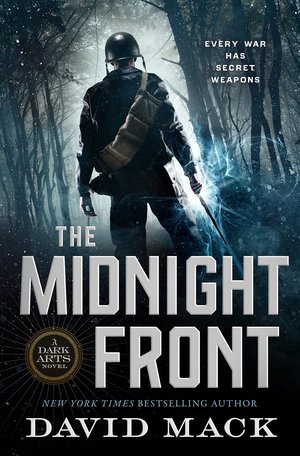
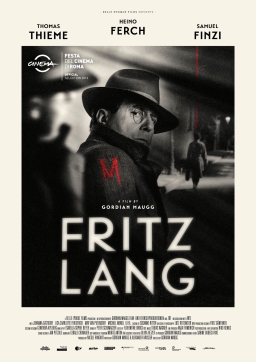 On Friday, July 28, I had two films on my schedule at the Fantasia Festival. The first was a German period crime film with biographical aspects, a movie called Fritz Lang that imagined the great director of the title mixed up with the killings that would shape his now-classic film M. The second was a screening of George Romero’s 1973 film The Crazies, arranged quickly by the festival’s organizers as a tribute following Romero’s death only 12 days before. Together the movies would make for a day that, to me, exemplified much of what is best in Fantasia: a profound appreciation of film history of every kind, mixed with challenging genre artistry.
On Friday, July 28, I had two films on my schedule at the Fantasia Festival. The first was a German period crime film with biographical aspects, a movie called Fritz Lang that imagined the great director of the title mixed up with the killings that would shape his now-classic film M. The second was a screening of George Romero’s 1973 film The Crazies, arranged quickly by the festival’s organizers as a tribute following Romero’s death only 12 days before. Together the movies would make for a day that, to me, exemplified much of what is best in Fantasia: a profound appreciation of film history of every kind, mixed with challenging genre artistry.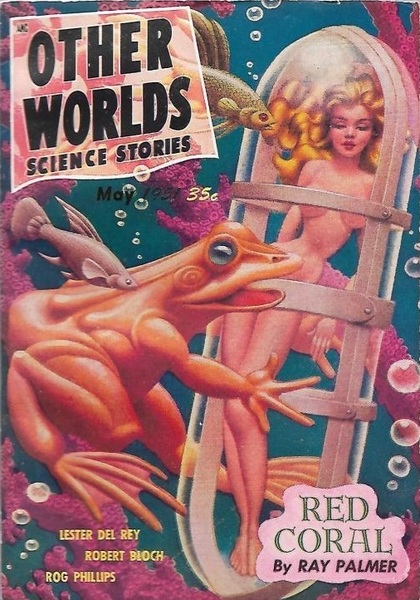
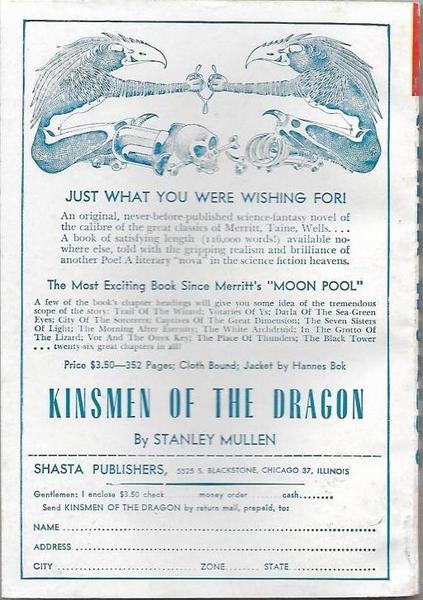

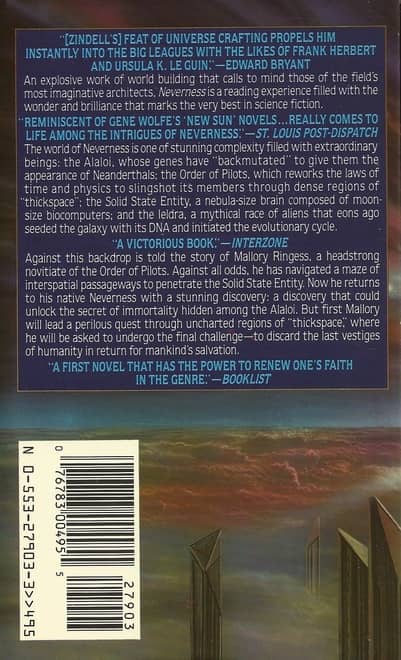
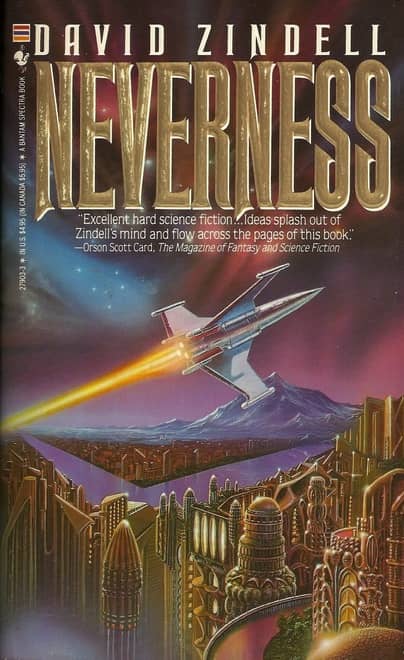
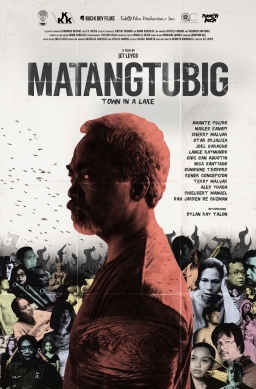 On Thursday, July 27, I planned to watch two films at the Fantasia International Film Festival. First, an artistically ambitious movie from the Philippines called Town In A Lake (Matangtubig). Then, later in the evening, a documentary about the quest to develop nuclear fusion technology called Let There Be Light. Both looked to be about the mysteries of the universe, in very different ways.
On Thursday, July 27, I planned to watch two films at the Fantasia International Film Festival. First, an artistically ambitious movie from the Philippines called Town In A Lake (Matangtubig). Then, later in the evening, a documentary about the quest to develop nuclear fusion technology called Let There Be Light. Both looked to be about the mysteries of the universe, in very different ways.